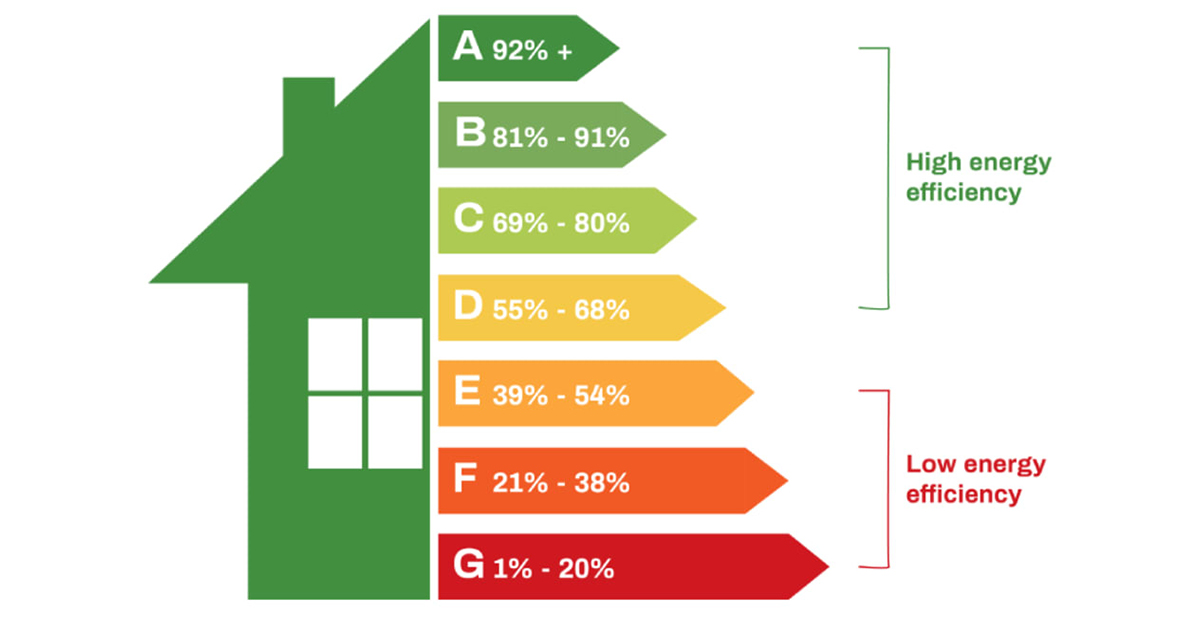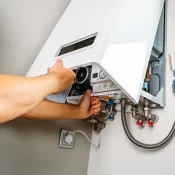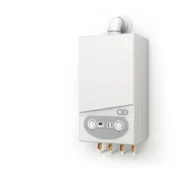
Why Some Households Get Rejected for ECO4 Grants (And How to Appeal Successfully)
The ECO4 scheme is a lifeline for UK households seeking to reduce energy bills and improve home efficiency. However, thousands of applications are rejected annually due to avoidable errors or misunderstandings. If you’ve faced rejection, don’t lose hope—this guide explains why it happens and how to appeal effectively.
Top Reasons ECO4 Grant Applications Get Rejected
1. Incomplete or Incorrect Application Forms
A staggering 40% of rejections stem from missing information, unsigned forms, or typos in personal details (e.g., mismatched addresses or misspelled names). Even a single blank field can trigger delays or outright denial. Double-check every section, including signatures (digital or handwritten), and ensure all mandatory fields are filled.
2. Failure to Meet Eligibility Criteria
The ECO4 scheme prioritizes low-income households, those receiving benefits (e.g., Universal Credit, Pension Credit), and properties with poor Energy Performance Certificate (EPC) ratings (D–G). Common eligibility pitfalls include:
Income exceeding thresholds: For example, Child Benefit recipients must earn below £19,900 (single) or £27,500 (couples) with one child.
Property type: New builds, commercial properties, or homes with EPC ratings above D are ineligible.
Location restrictions: Some regions lack funding due to local policies or infrastructure limits.
3. Outdated or Inconsistent Documentation
Submitting expired IDs, outdated utility bills, or mismatched income proofs (e.g., bank statements vs. tax returns) is a fast track to rejection. ECO4 requires current documents (within 3 months) to verify residency, income, and benefits. For landlords, tenant consent forms and valid EPC certificates are mandatory.
4. Missed Deadlines
The ECO4 scheme operates on strict timelines. Applications submitted after the cutoff date—or supporting documents sent late—are automatically rejected. Mark key dates and allow extra time for corrections.
5. Working with Unaccredited Installers
Only TrustMark-registered or PAS 2035-certified contractors can perform ECO4-funded work. Hiring unapproved installers voids eligibility and risks subpar installations, which fail inspections.
How to Appeal an ECO4 Grant Rejection
Step 1: Understand the Rejection Reason
Review your denial letter carefully. Common reasons include income discrepancies, missing signatures, or ineligible property types. If unclear, contact the ECO4 administrator or your energy supplier for clarification.
Step 2: Gather Supporting Evidence
- Correct errors: Fix typos, add missing signatures, or update expired documents.
- Prove eligibility: Submit recent payslips, benefit award letters, or updated EPC reports. For income thresholds, provide six months of bank statements.
- Installation proof: If rejected due to contractor issues, provide accreditation certificates for your installer.
Step 3: Submit a Formal Appeal
Most schemes require appeals within 30 days of rejection. Draft a letter or form explaining why the decision should be overturned, attaching corrected documents. For example:
I am appealing the rejection of my ECO4 application (Reference #XYZ) due to an outdated EPC certificate. Attached is the updated EPC report (Rating: F), confirming eligibility.
Send appeals to the address or portal specified in your denial letter.
Step 4: Seek Professional Help
Organizations like the Energy Advice Helpline offer free guidance on navigating appeals and reapplying. They can also connect you with accredited installers or grant writers.
Step 5: Escalate if Necessary
If your appeal is ignored or unfairly denied, contact the Energy Ombudsman or local authorities. Provide a timeline of communications and evidence of compliance with ECO4 criteria.
Tips to Avoid Future Rejection
- Pre-check eligibility: Use online tools from GOV.UK or ECO4 providers like Chahal Energy Ltd. to confirm income, benefits, and EPC ratings before applying.
- Document checklist: Collect IDs, utility bills, benefit proofs, and tenant consent (for landlords) in advance.
- Choose accredited installers: Verify contractors via TrustMark or the ECO4 approved installer list.
- Apply early: Schemes like ECO4 and the Great British Insulation Scheme close in March 2026—submit applications well before deadlines.
Real-Life Success Stories
- Tony and Annmaria (Wales): After initial rejection due to incomplete benefit proofs, they reapplied with updated Universal Credit statements and secured loft insulation, cutting bills by £215/year.
- Landlord Case Study: A Brighton landlord collaborated with tenants on Housing Benefit to upgrade cavity wall insulation, boosting property value by 10%.
Final Thoughts
ECO4 rejections are often reversible with persistence and attention to detail. By addressing common pitfalls and leveraging professional support, households can secure funding for warmer, cheaper-to-run homes. Stay proactive, double-check requirements, and don’t hesitate to appeal—your energy-efficient future is worth the effort.
Need Help? Contact the Chahal Energy Ltd. at 0800 0599667 or visit ECO4 Eligibility Checker to start your journey.
All Categories
Recent Posts
MON-SAT 8:00-18:00
0800 0599667



